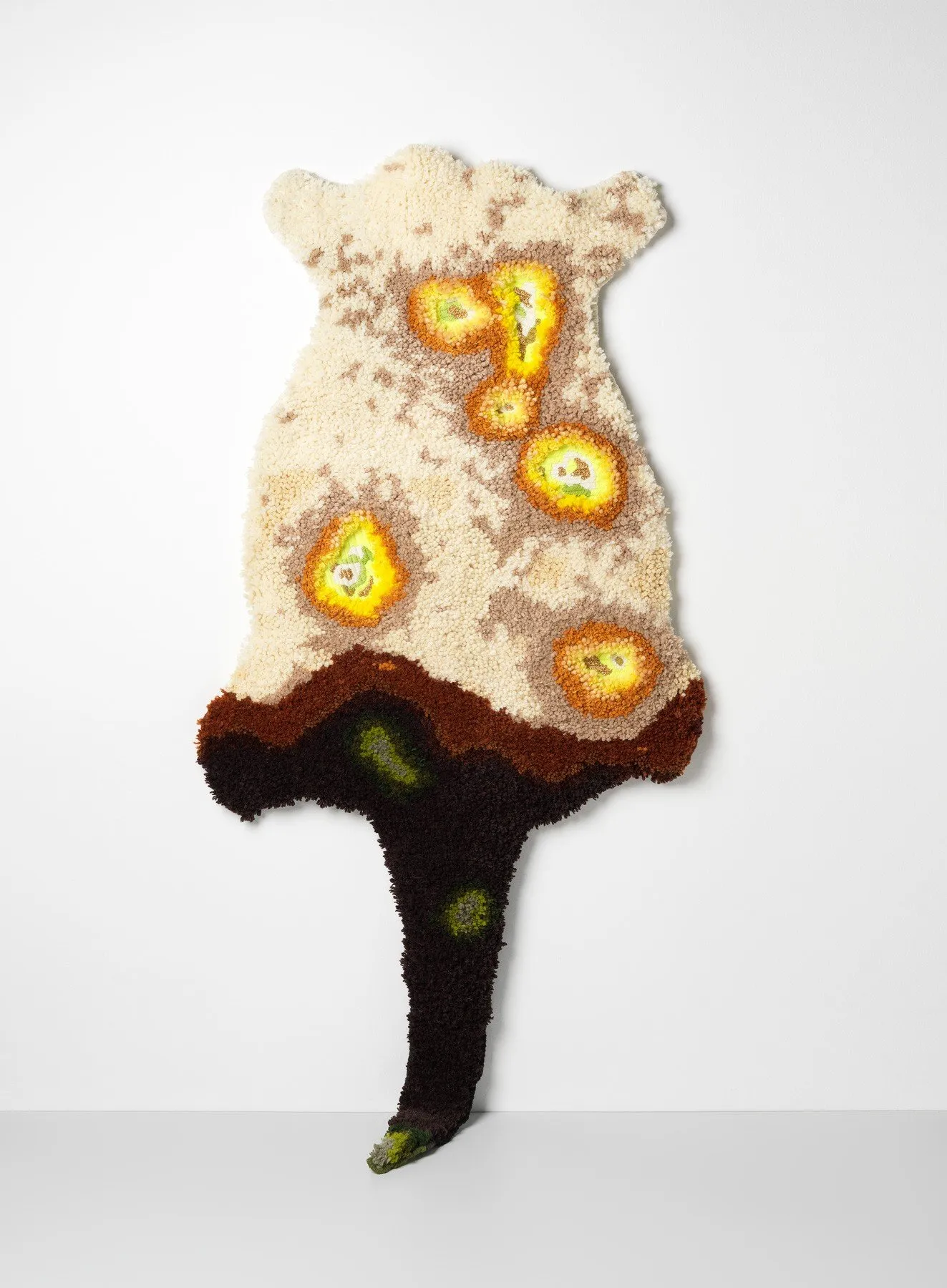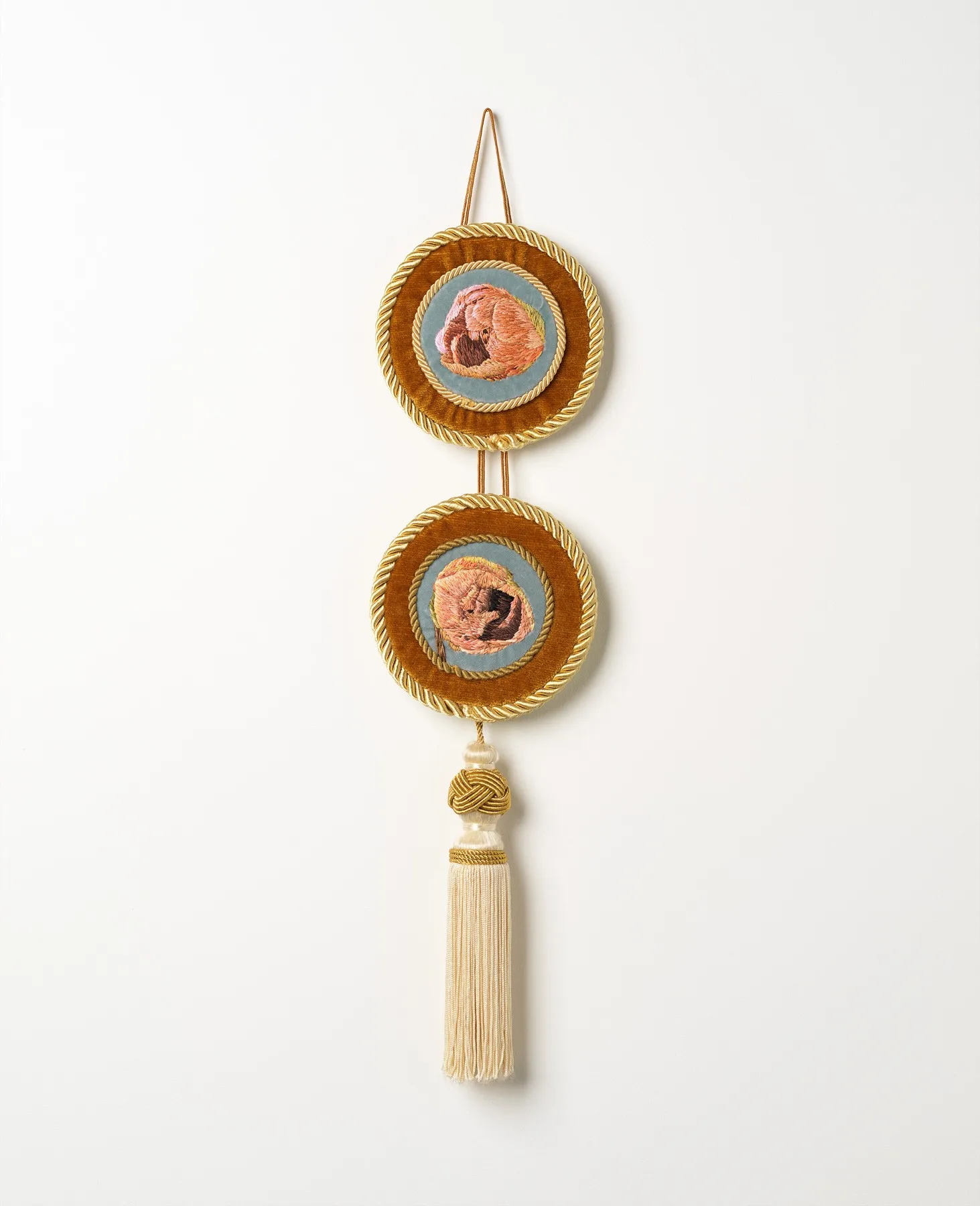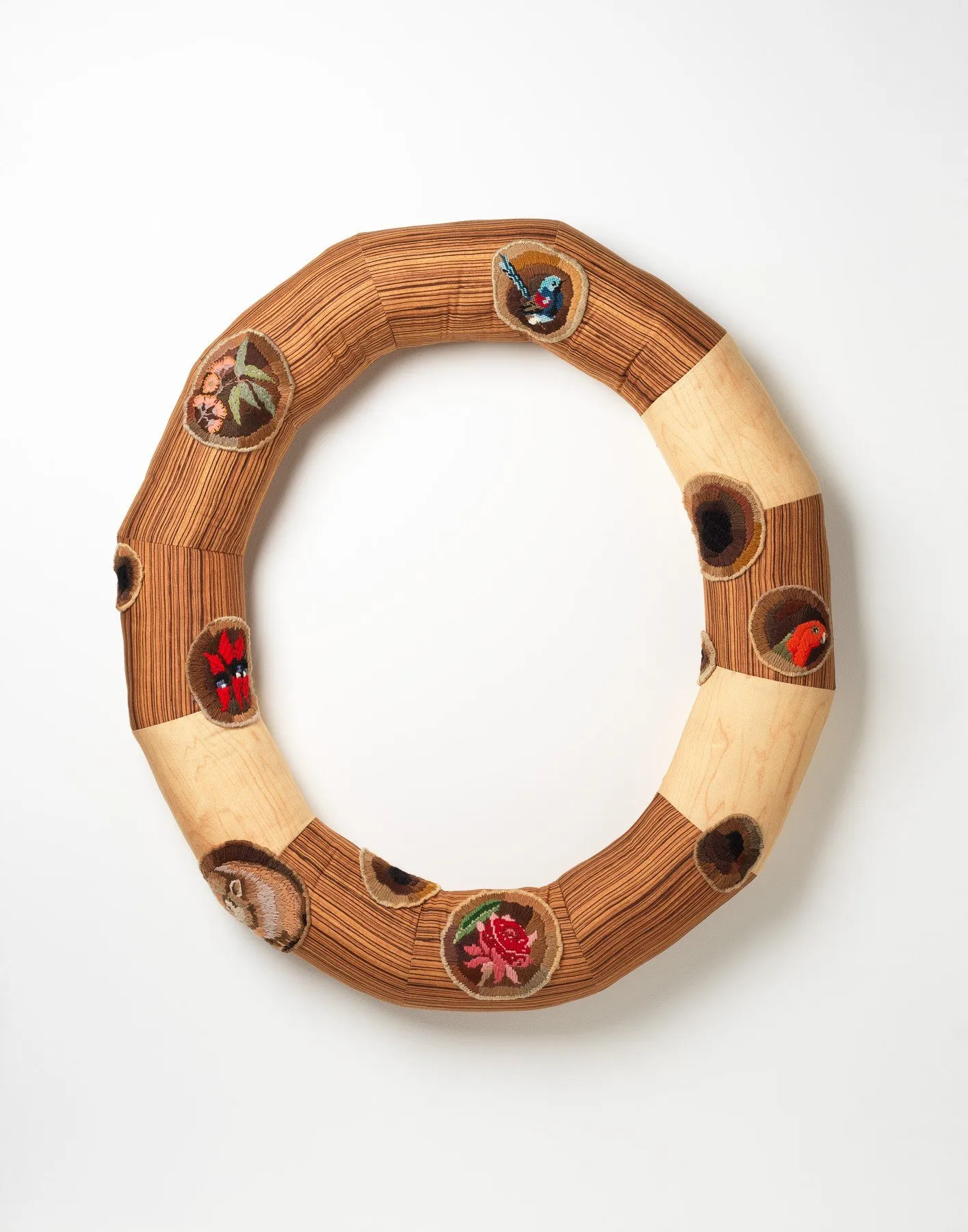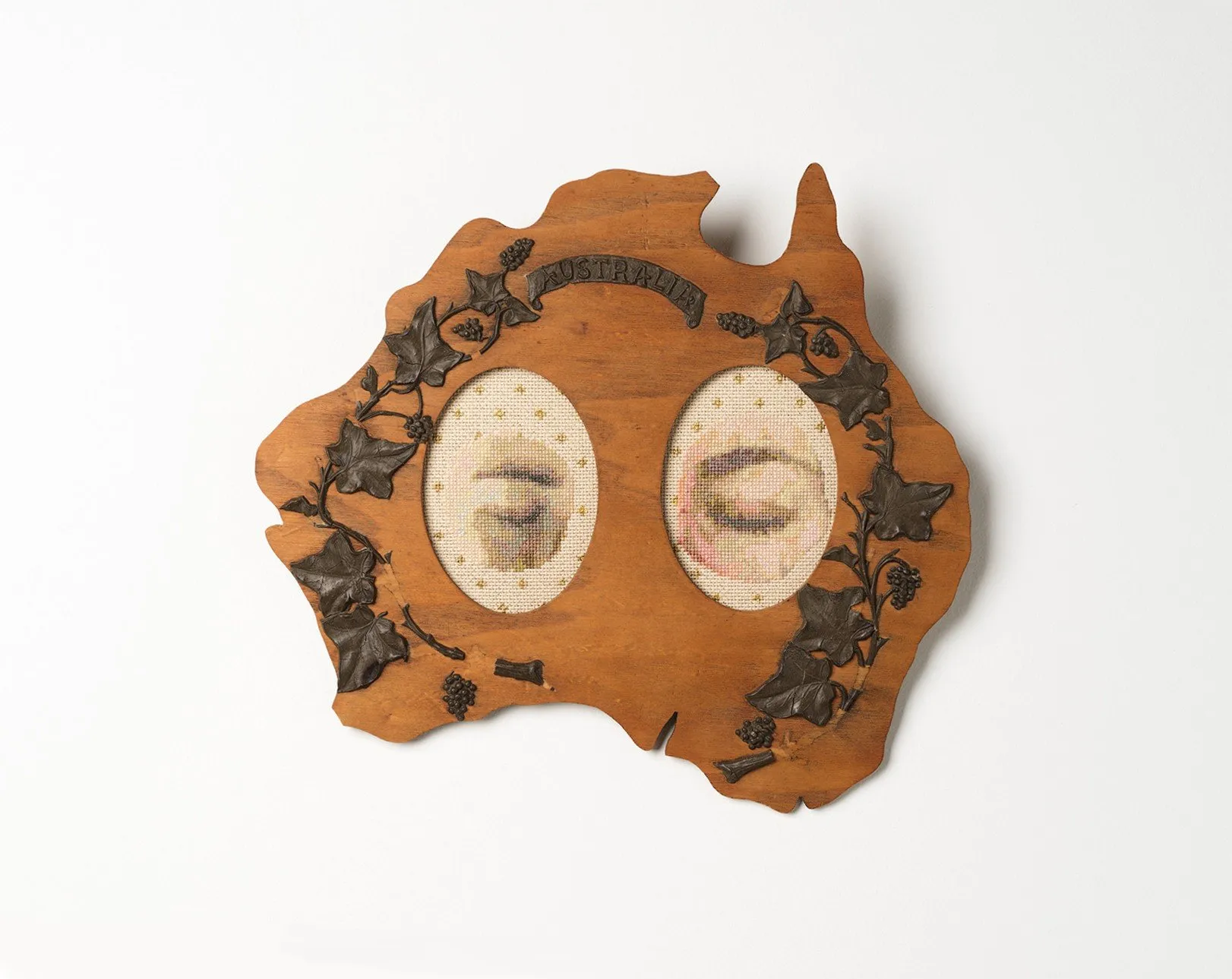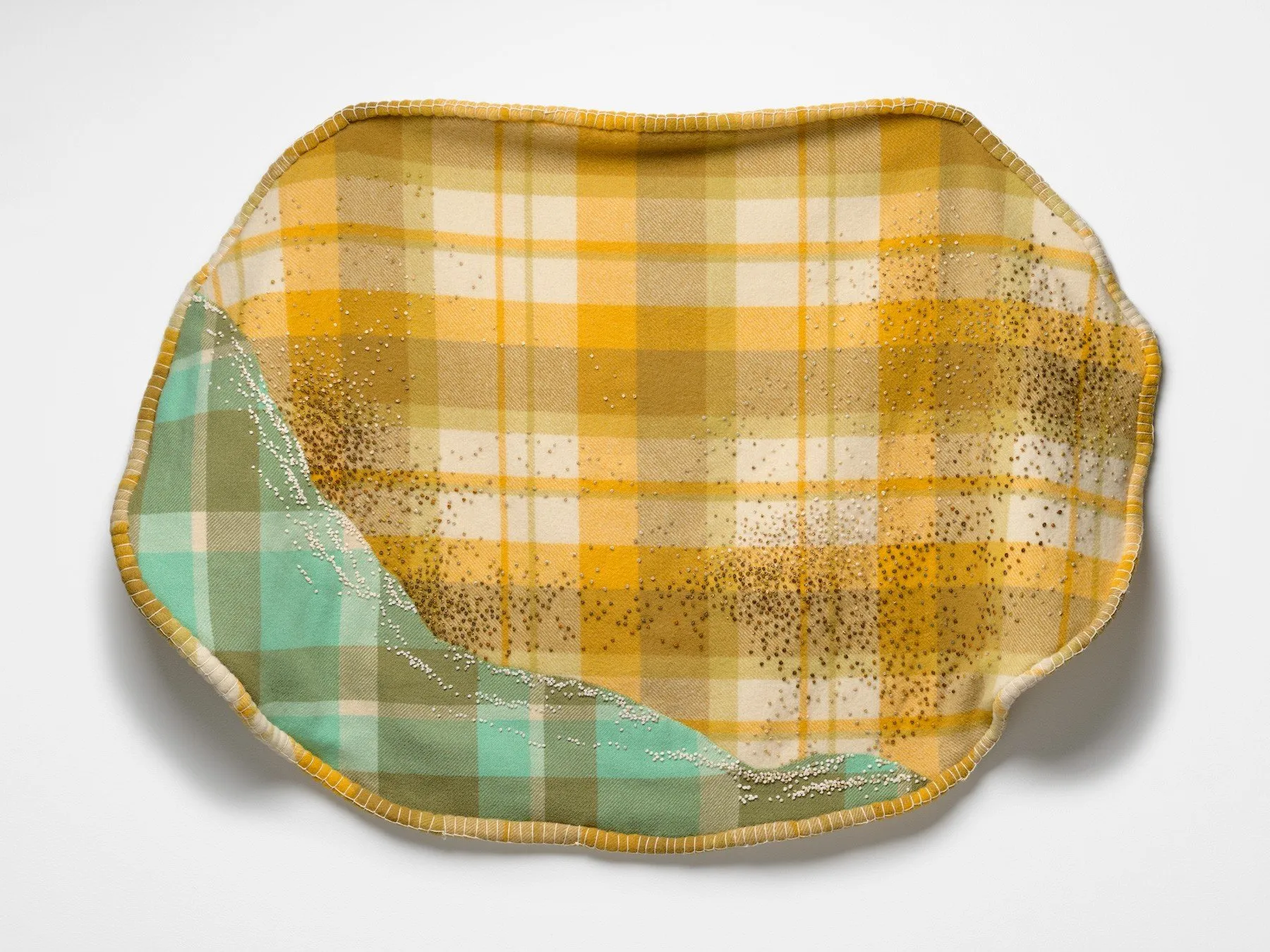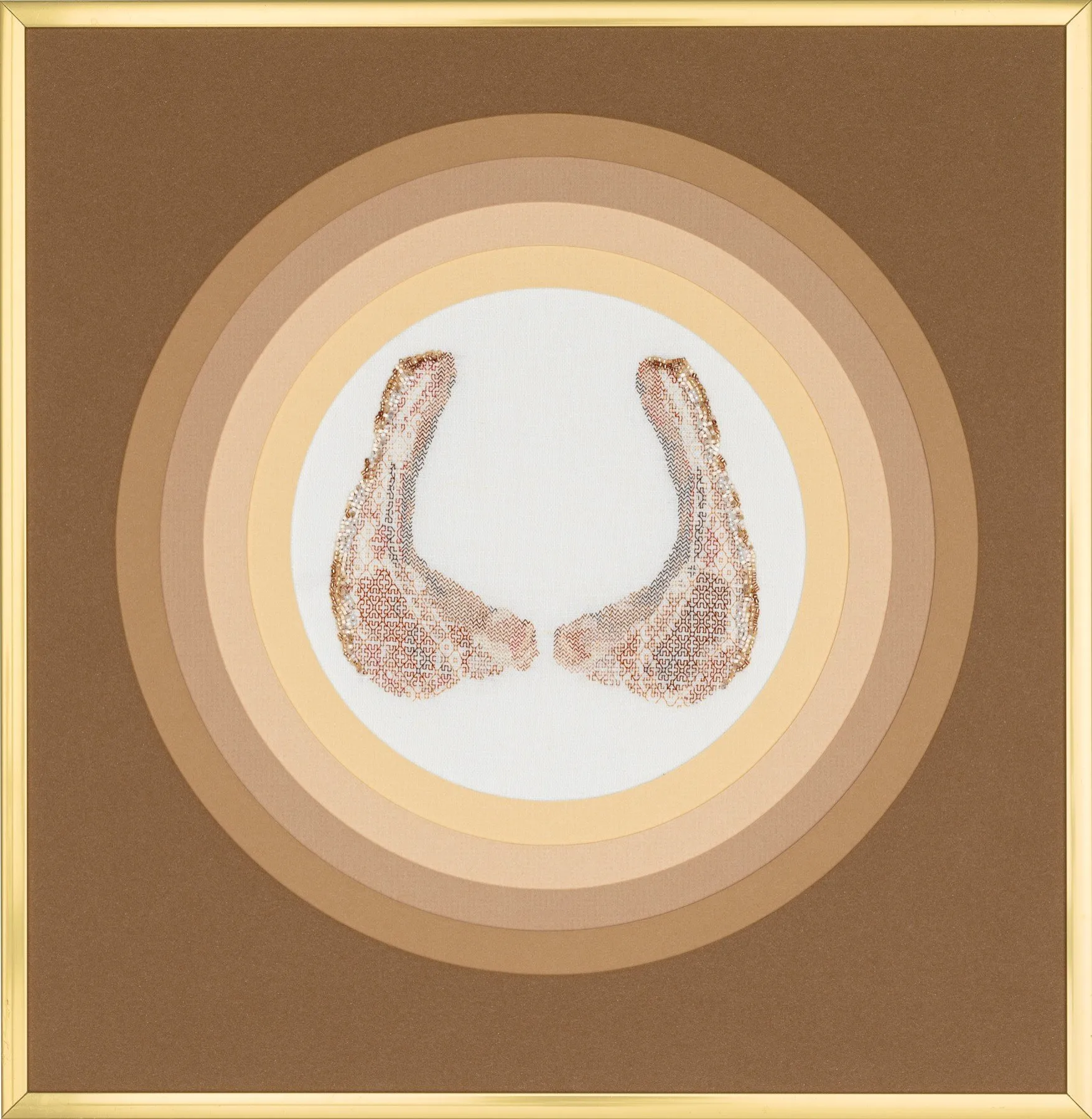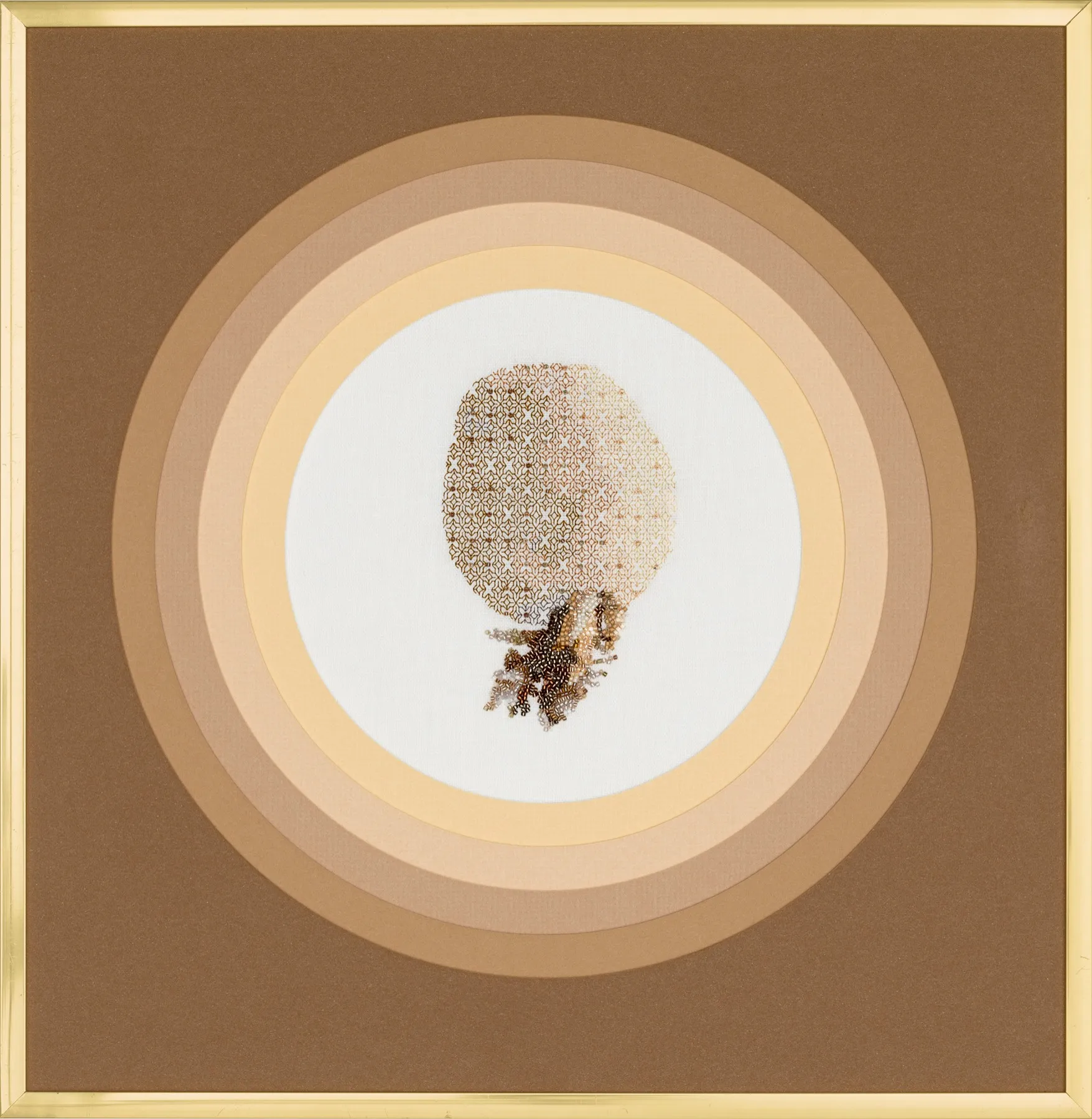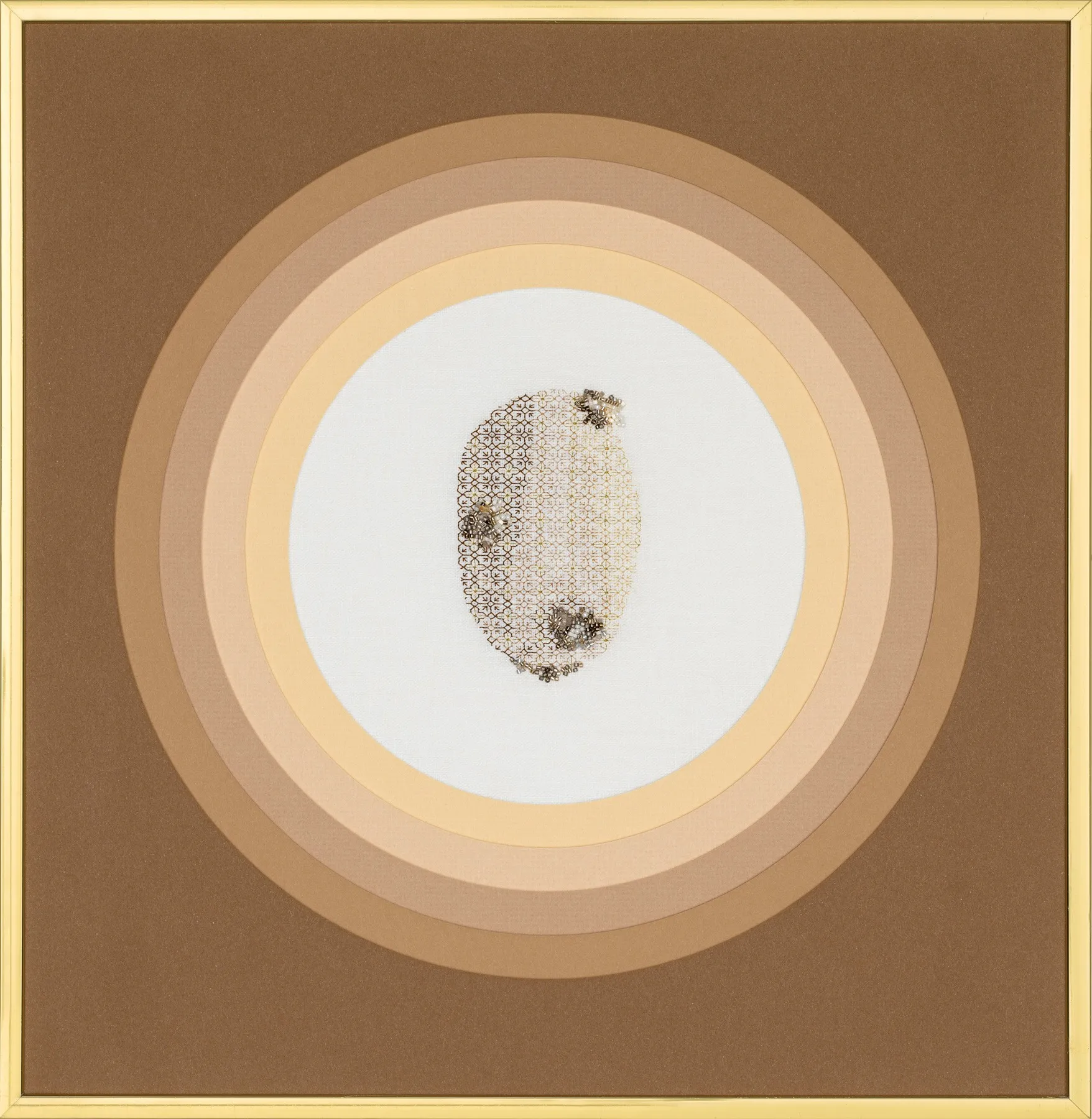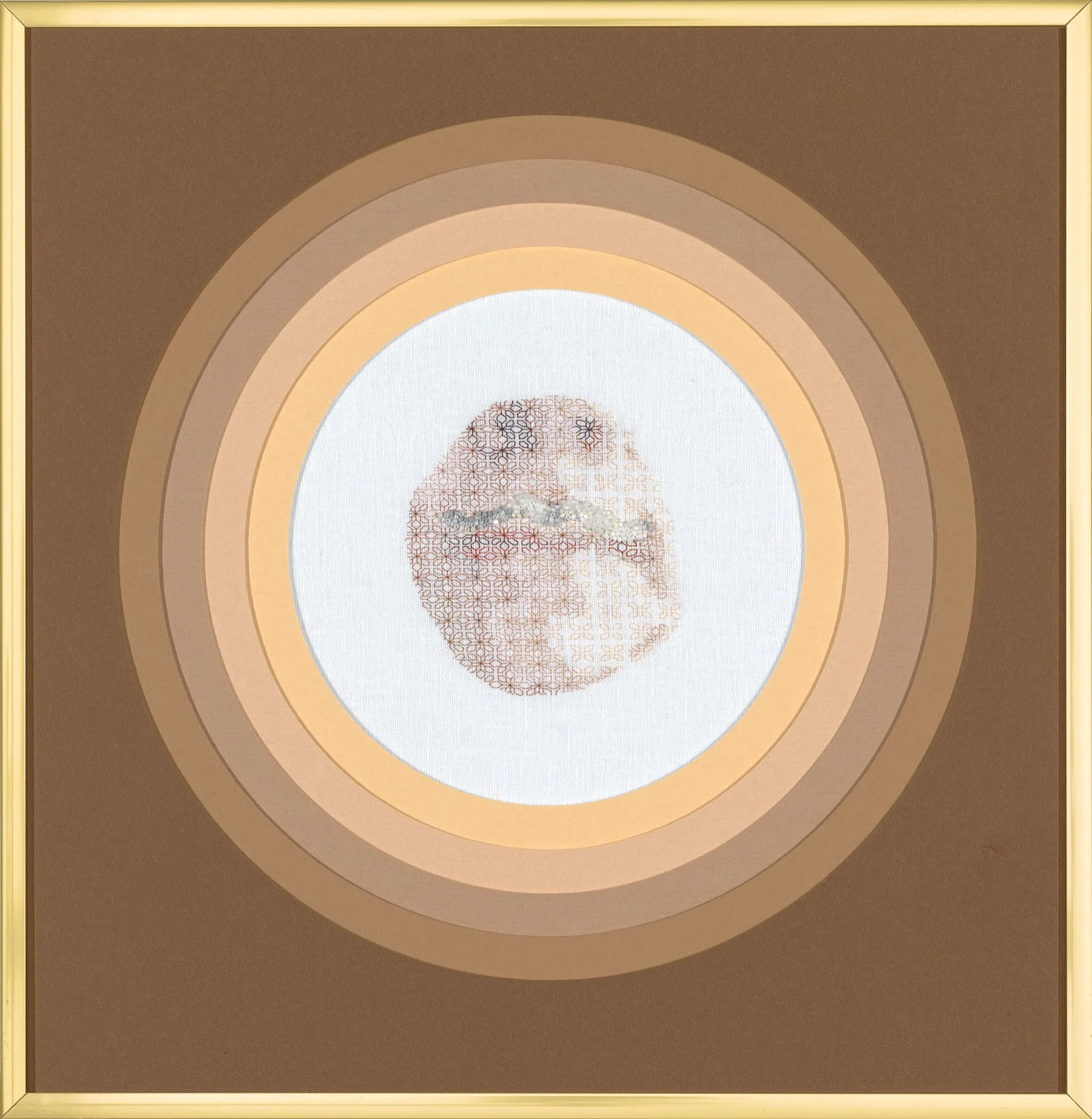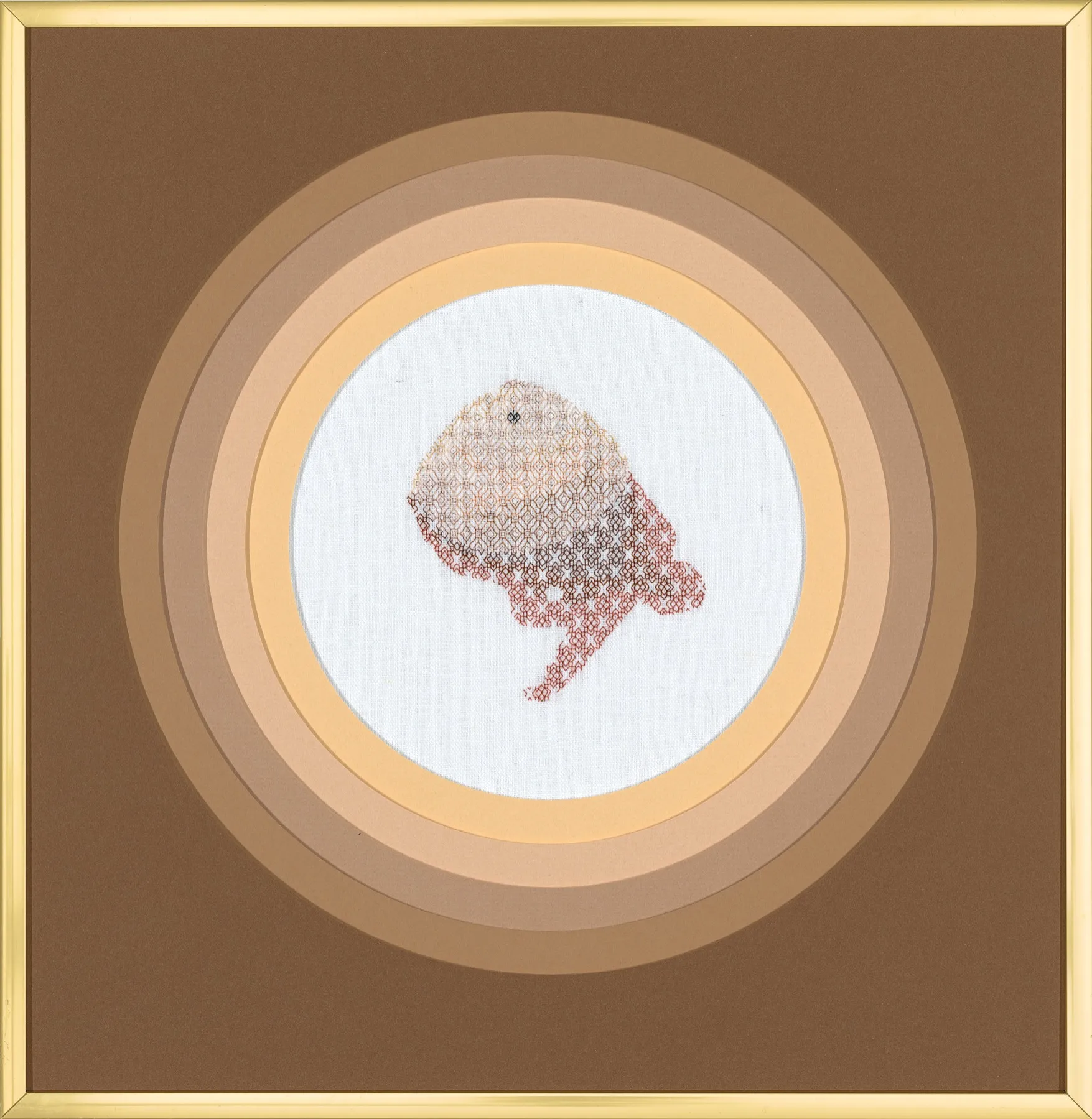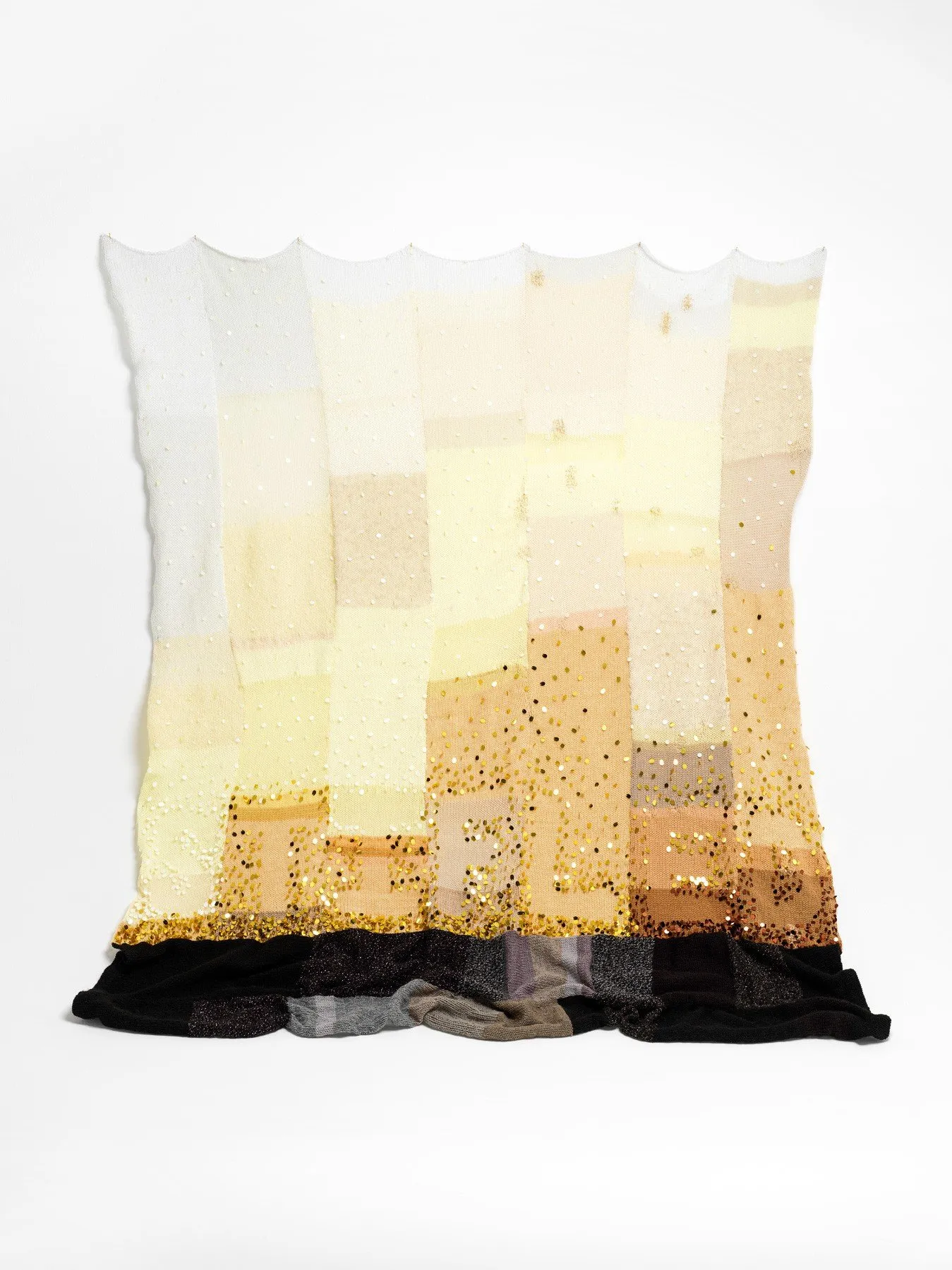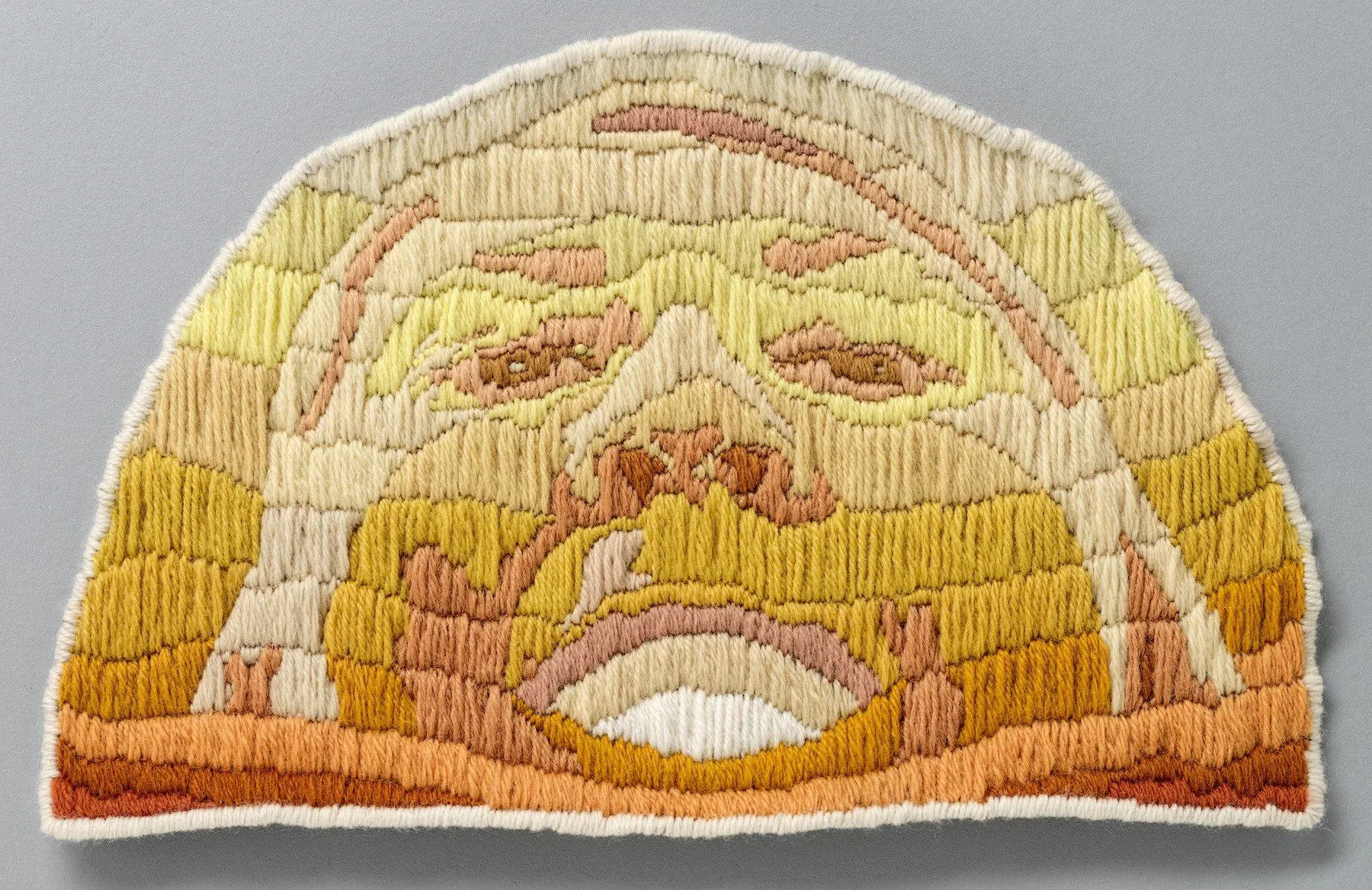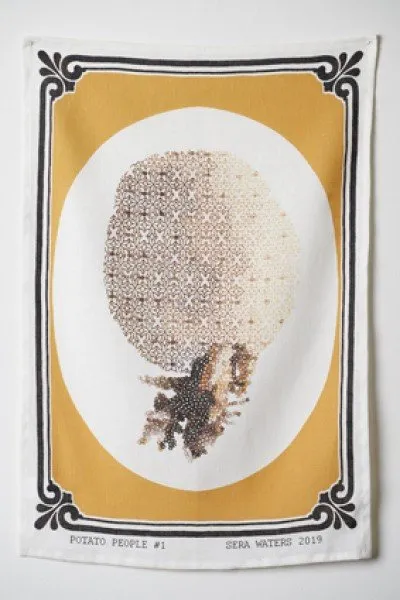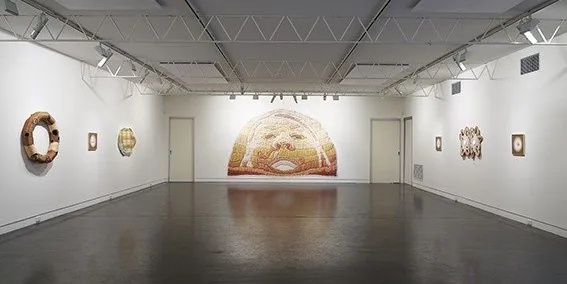
Dazzleland
23 May 2019 – 8 Jun 2019
My ancestors arrived in waves upon Australian shores attracted by the dazzle of this land: its sunshine, mineral booms, grassed open spaces, and new opportunities to build rich lives. In making their homes and living across Australia, particularly upon Kaurna and Bunganditj Country, many were implementers of colonising change, such as planning widespread drainage, laying bitumen, marking boundaries, mining, purveying merchandise, farming livestock, and clearing and covering land with non-native species. Evidence from their lives show they gave little consideration to the knowledge and carefully balanced ecologies which had been operating in Australia for centuries. This exhibition looks at the repercussions upon regions which have been exploited, altered and had the dazzle removed without due care and without knowledge of the specificities of Country. Through the works of Dazzleland I am asking what it means to inherit this intergenerational blindness, as well how we go forward living in this dazzling aftermath when today what shimmers most is the scorching heat beating upon a dry and damaged land.
Many works of this exhibition incorporate found domestic materials in sparkling golds and coppers, yellows, and glow-in-the-dark elements and focus their attention upon surface and blanketing heat. In Australian art history our ‘Golden Summers’ have been romanticised and eulogised, however underneath this is the knowledge that this shade of gold has been caused by damage. The soft and warming materials– wool, fabric, cottons and blankets – carry with them many colonising histories, as do the techniques of colonial knots, cross-stitch, Australiana longstitch and blackwork embroidery. These materials and methods not only indicate the growing heat across this continent but put a feminist and material lens upon the masculine myths of colonisation and domesticate the patriarchal histories of this country which it is timely to unravel and re-examine. Dazzleland is a justice driven exhibition, using the soft power activism of textiles, and I hope the works act as reminders of the need to change our trajectories and relationships with this place called home.
*************
I would like to acknowledge this exhibition has been assisted by the Australian Government through the Australia Council, its arts funding and advisory body. I would also like to thank my wonderful studio assistant Christina Peek, as well as Deidre But-Husaim, Julia Robinson and my family for their ongoing support.
